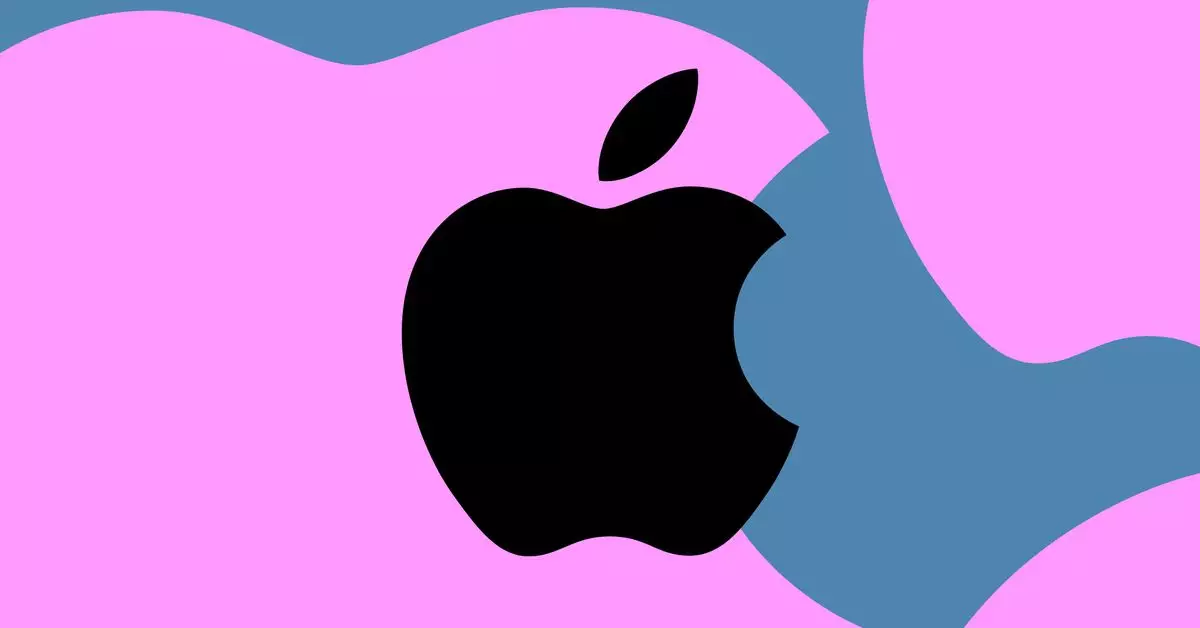Apple has long exemplified a relentless drive towards innovation and self-sufficiency, particularly regarding its hardware. As the company gears up for a significant shift in its wireless technology, recent insights from industry analyst Ming-Chi Kuo indicate that Apple is on the cusp of integrating its own Wi-Fi and Bluetooth chips into its devices, starting with the anticipated iPhone 17 in late 2024. This development highlights Apple’s strategic pivot away from dependency on external suppliers, signifying a bold move that could reshape the company’s technological landscape.
Historically, Apple has relied heavily on Qualcomm for its RF modems, but this relationship has been strained over the years. The tensions reached a peak after Apple acquired Intel’s modem division in 2019, pointing towards its intent to control its fate in the mobile communication domain. Despite aspirations for the iPhone 15 to debut with Apple’s own modem, setbacks delayed this dream. It serves as a reminder that although the vision is ambitious, the path to seamless execution is laden with challenges, particularly in a field as complex as modem technology.
According to Kuo, the upcoming iPhone SE 4, projected for release in spring 2025, will be the vanguard for Apple’s new 5G modem, marking a crucial step in its wireless journey. However, it will not completely sever ties with established manufacturers; the SE will still incorporate third-party Wi-Fi chips from Broadcom. This hybrid approach suggests that while Apple is eager to innovate, it recognizes the need for reliability in the interim stages of its technological transition.
As Apple plans to refresh the iPhone SE series, it is not just the modem that is set for an upgrade. Speculations surrounding the device indicate a possible introduction of an OLED display for enhanced visual quality, augmented security features like Face ID, and compatibility with Apple’s Intelligence technologies. Such enhancements would not only elevate the iPhone SE’s standing in Apple’s lineup but also cater to a consumer base yearning for affordable yet advanced smartphones.
Despite these exciting advancements, there are whispers of a potential price increase for the iPhone SE 4. If Apple does choose to elevate the cost; this would be a critical point to consider, as the brand has built its reputation on providing premium devices at competitive prices. Evaluating consumer reaction to this potential shift will be crucial, particularly in a market increasingly driven by price sensitivity.
Apple’s ongoing evolution toward building its own chips is indicative of its overarching strategy: greater control and innovation. With the iPhone 17 and SE 4 on the horizon, consumers can anticipate not just enhancements in connectivity but a broader glimpse into Apple’s ambitions in shaping the future of mobile technology. As this new chapter unfolds, it will be fascinating to observe how Apple manages the transition and the subsequent impact on the mobile landscape.


Leave a Reply
You must be logged in to post a comment.